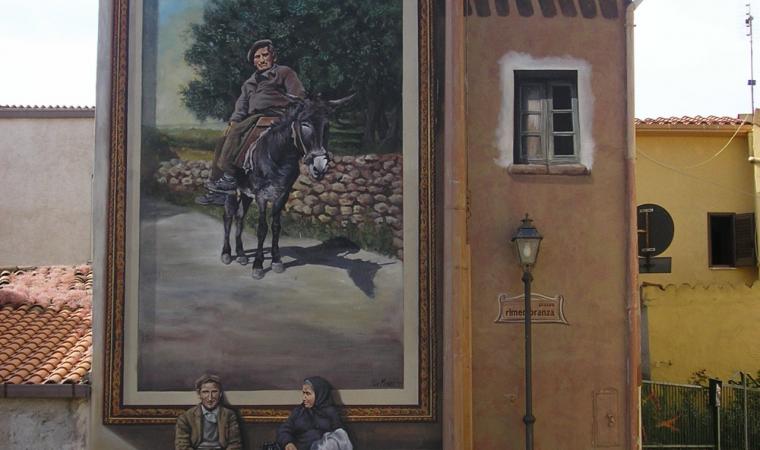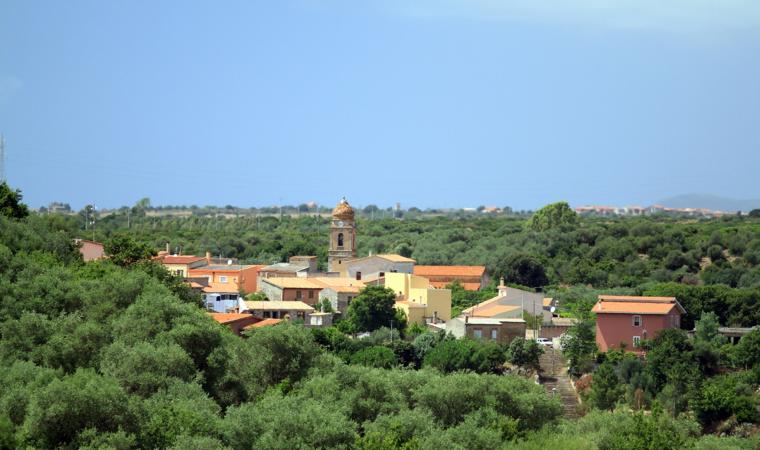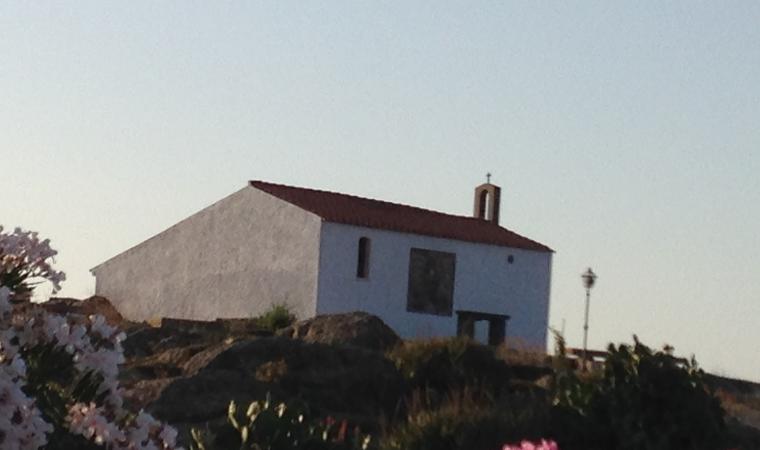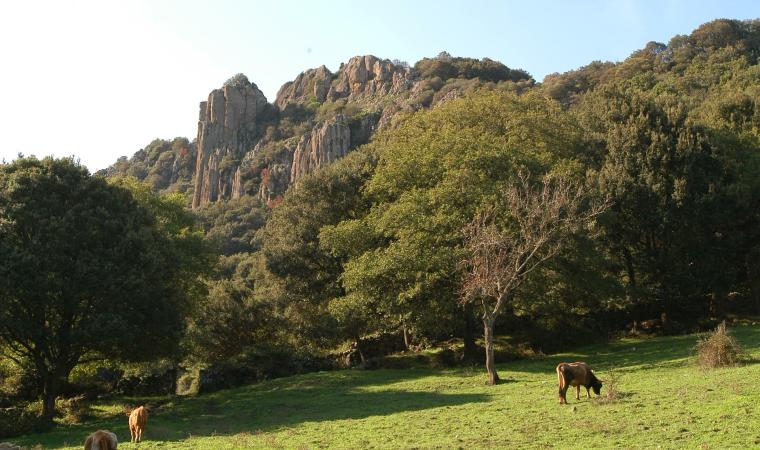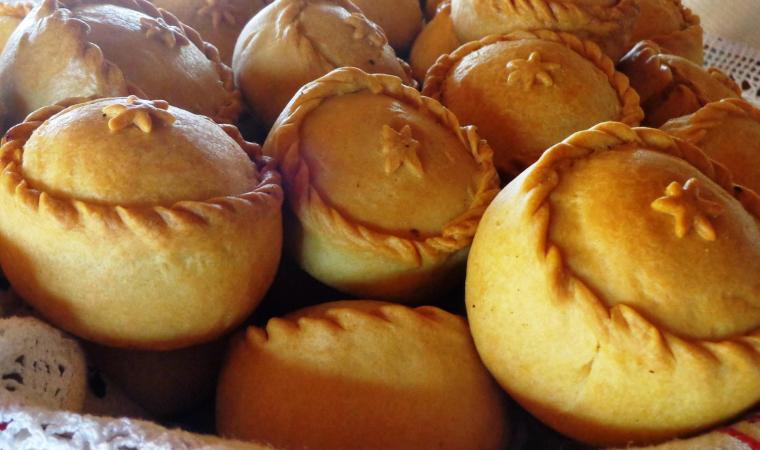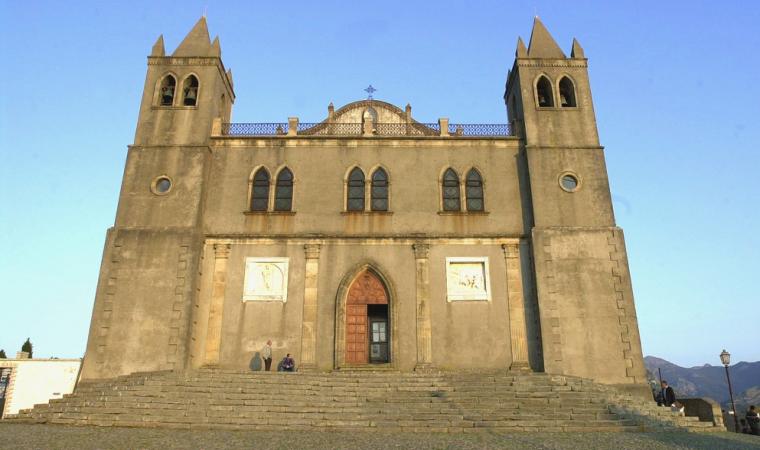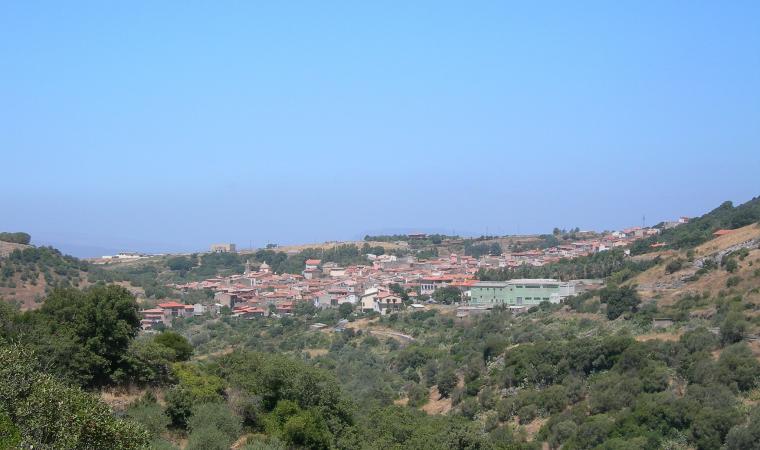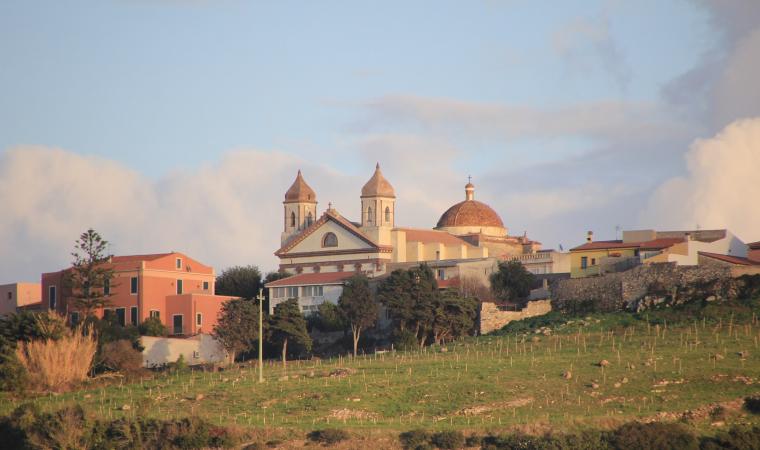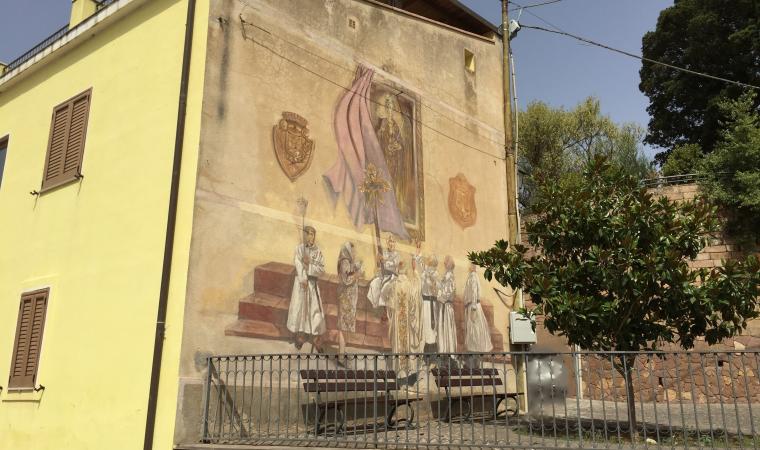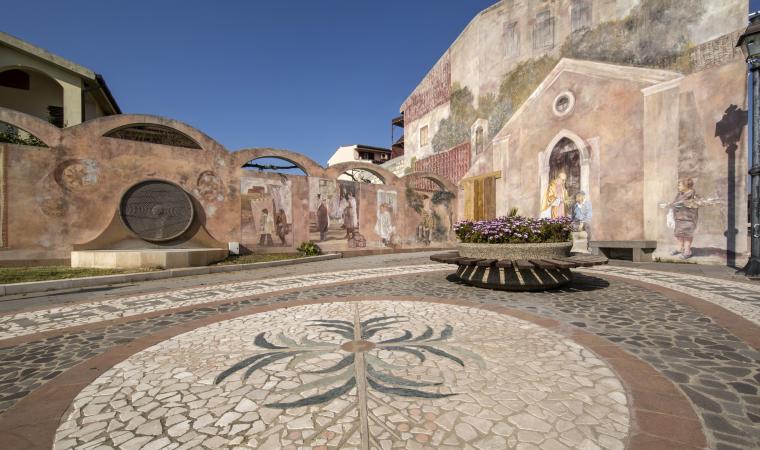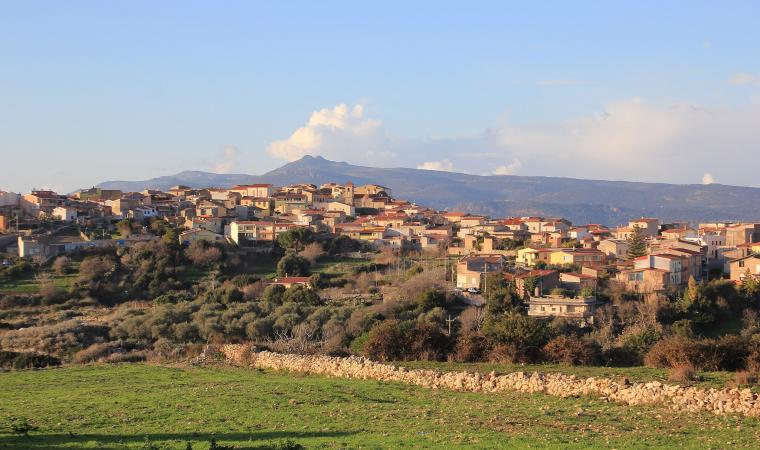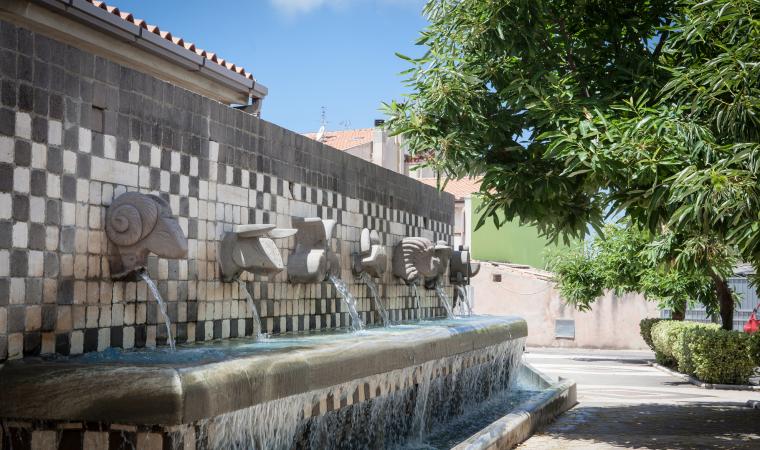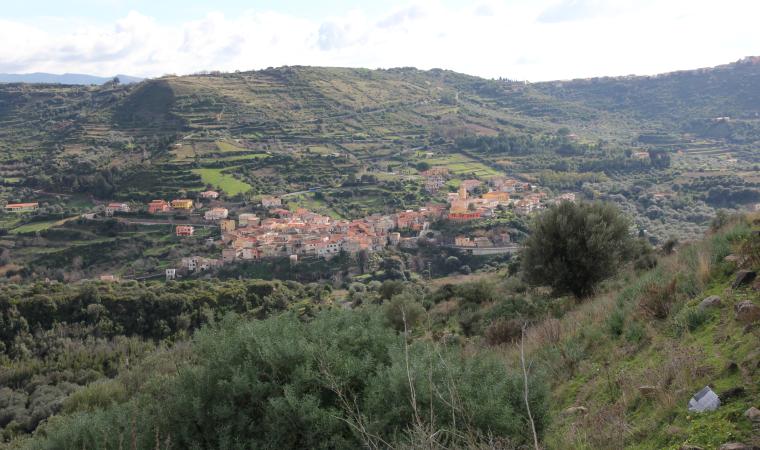Set at an elevation of 400 metres, on the western slope of Montiferru, overlooking the valley and Su Tonodiu river, which marks the border with Planargia. Sennariolo is one of the smallest towns of the island (under 200 inhabitants), but one that boasts a rich scenic and archeologic heritage and is a member of the Borghi Autentici d’Italia Association. It is known for its sheep milk cheese, beekeeping and olive groves, where excellent quality honey and olive oil are produced. The more notable typical recipes include lamb intestines with aromatic herbs; stuffed snails; ravioli with potatoes, mint, fresh and pickled cheese; and the sweet cattas, spiral fritters made at Carnival.
The town has a typical agro-pastoral layout: an interlacing of narrow streets and alleys. The low, adjacent houses with spacious courtyards are made of basalt and sandstone, with facades adorned with imposts, architraves, cornices, and murals. In the north-east corner of the historical centre, stands the Parish of Sant’Andea Apostolo, which dates back to 1676, as inscribed in the red trachyte beam over the entrance. The church is composed of a single nave with two chapels on each side and a presbytery all with barrel vaults. Inside, the stonework of the supporting structure is exposed. Adjacent to the façade, stands a beautiful bell tower, completed in 1867 and composed of three orders with an onion dome covered in multi-coloured majolica tiles. Here, the patron saint’s Feast Day is celebrated on November 30. A few kilometres from the town, the ruins of the Shrine of San Quirico and the Church of Santa Vittoria can be admired. Set at the top of a scenic hill, the church was built in thanks for victory over the invading Moors. St. Vittoria’s feast day is celebrated mid-May, while San Sebastiano’s, marked by a great bonfire, on January 20. Among the religious celebrations, the rituals of the Holy Week are also evocative and fascinating.
Next to the town flow Rio Mannu and Rio di Marale, full of trout and eels, as well as Funtana Ezza, the town’s ancient spring. In fact, the name of the town may derive from s’ena ‘e riu, meaning headwaters. It’s perfect location and abundant water resources have ensured its occupancy since the Neolithic, as demonstrated by some Domus de Janas. The area was also populated during the Bronze age, as seen from Giant’s Tombs and numerous nuraghes, including Fromigas, Murcu, s’Ena e Tiana and above all Liortinas, which guards the confluence of the two rivers. A rare and imposing example of a nuraghe with a circular corridor, accessible for two thirds of its length.


